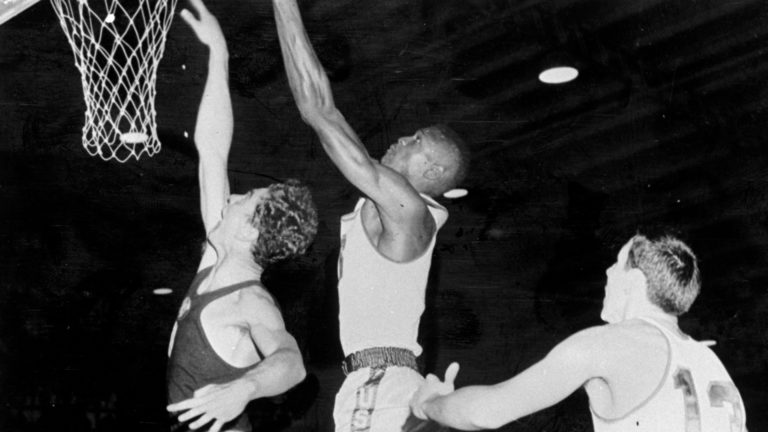
1956 Men’s Basketball Team
Led by Bill Russell and K.C. Jones, the 1956 U.S. Men’s Basketball Team was dominant at the Melbourne 1956 Olympic Games, winning each of its eight games by at least 30 points en route to winning a gold medal.

Led by Bill Russell and K.C. Jones, the 1956 U.S. Men’s Basketball Team was dominant at the Melbourne 1956 Olympic Games, winning each of its eight games by at least 30 points en route to winning a gold medal.
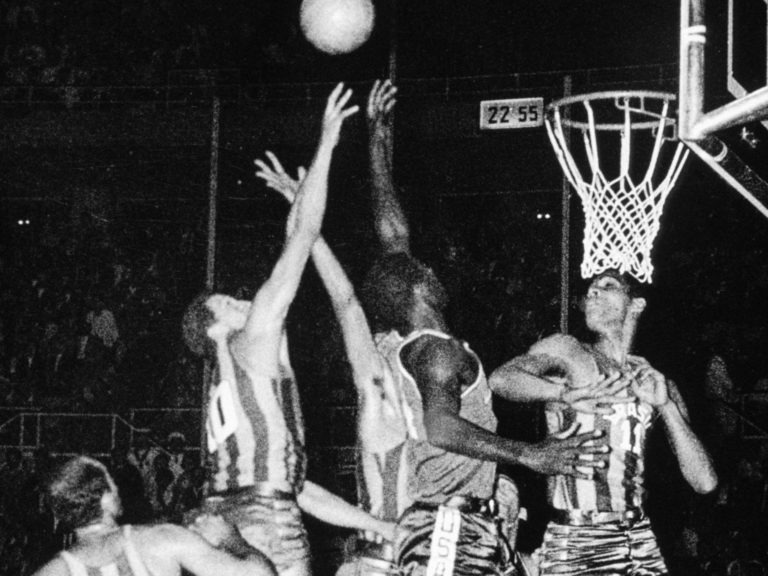
Perhaps the greatest amateur basketball team ever assembled, the roster included 10 future NBA players, including the next four players to win Rookie of the Year. The team won its games by an average of 42.4 points en route to the gold medal.
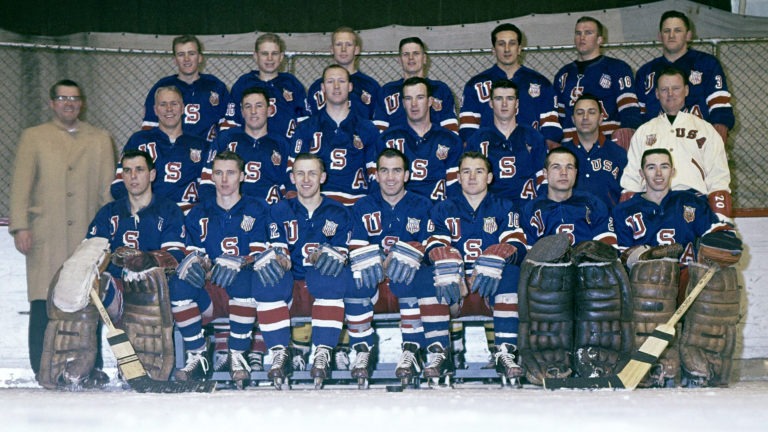
The “Forgotten” Miracle On Ice team won a gold medal at the Squaw Valley 1960 Olympic Winter Games.

Guard Jerry Shipp and forward Bill Bradley led the way as the U.S. Men’s Basketball Team won its sixth consecutive Olympic gold medal.
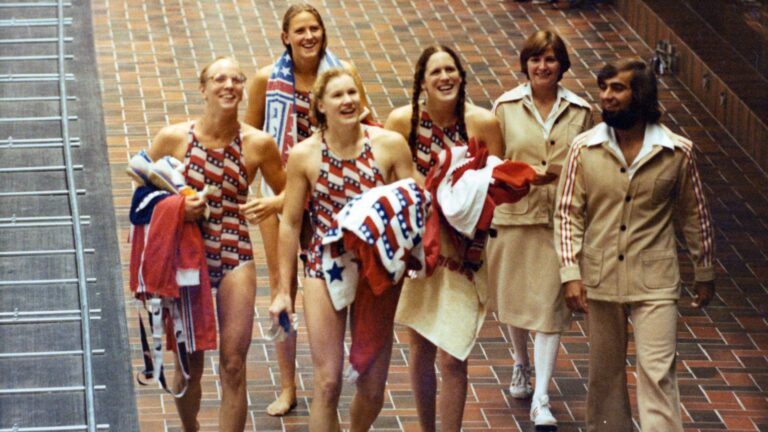
Acknowledged as the single greatest race in the history of women’s swimming, the women’s 4x100m freestyle relay team won the only women’s swimming gold at Montreal 1976.
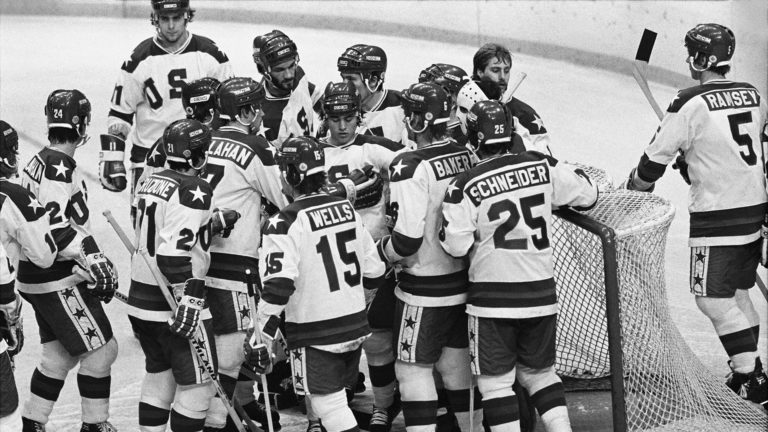
The 1980 U.S. Men’s Ice Hockey Team of college players and minor leaguers pulled perhaps the biggest upset ever in Olympic history, pulling off the “Miracle On Ice” to win the gold medal at the Lake Placid 1980 Olympic Winter Games.
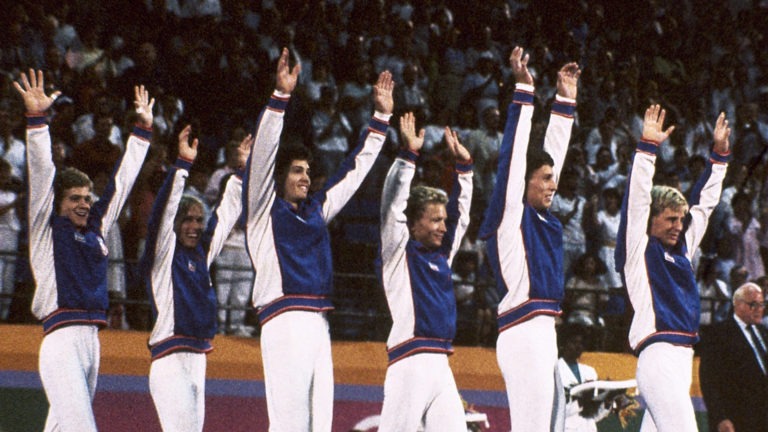
With a stellar lineup, the 1984 U.S. Men’s Gymnastics Team became the first American squad to win an Olympic gold medal in 80 years.
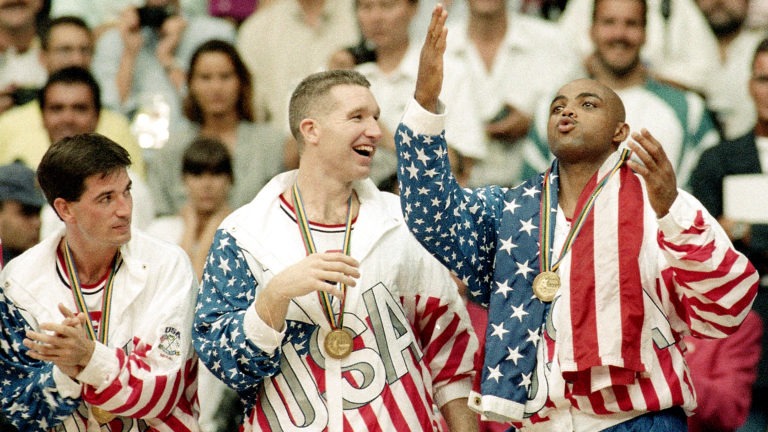
The best basketball team ever assembled, the 1992 U.S. Men’s Basketball Team had 11 future Hall of Famers and won all of its games by at least 30 points in the Barcelona 1992 Olympic Games.
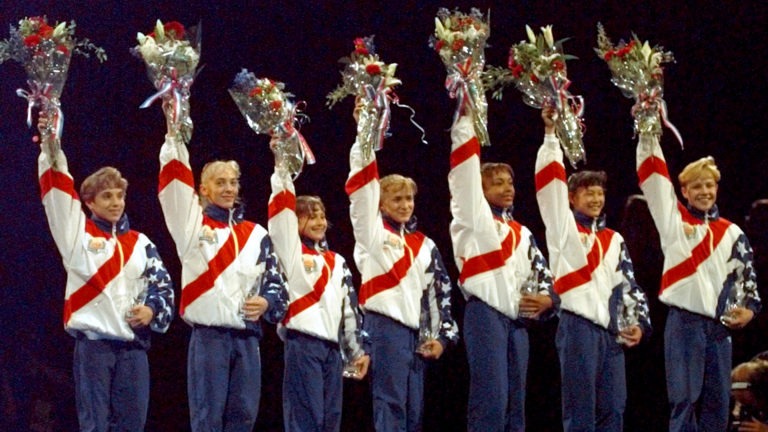
Led by Kerri Strug and Shannon Miller, the Magnificent Seven became the first U.S. Women’s Gymnastics Team to win the team all-around gold medal in the Olympic Games.
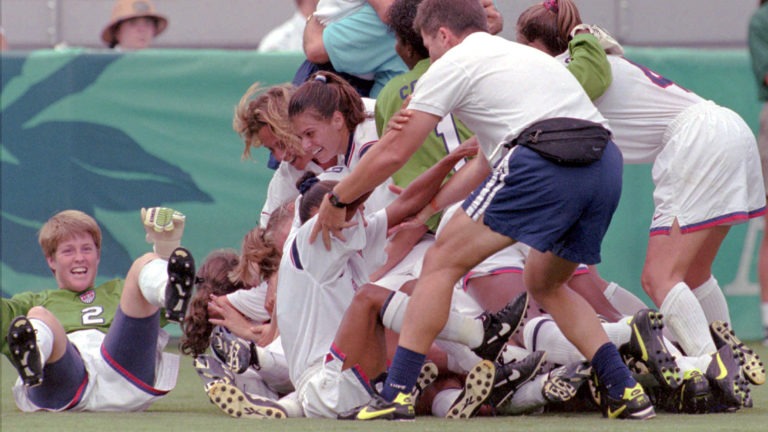
Women’s soccer was added to the Olympic Games for the first time ever and while it was only an eight-team competition, it was a rousing success capped by the U.S. 2-1 victory over China in the gold-medal game.
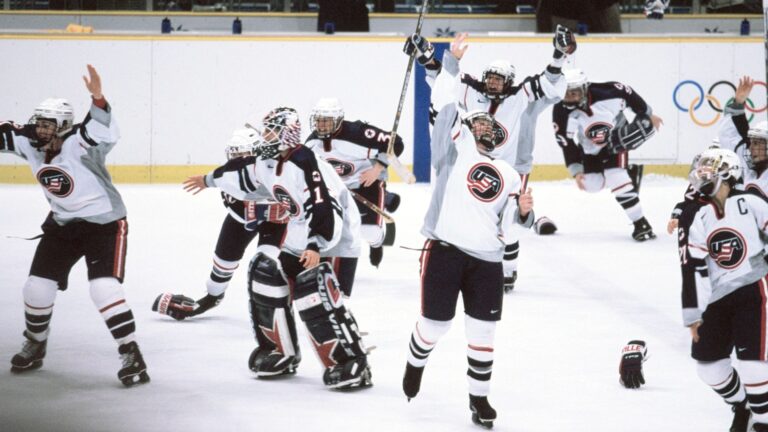
The U.S. Women’s Ice Hockey Team’s gold medal at the Nagano 1998 Olympic Winter Games had a lasting impact.
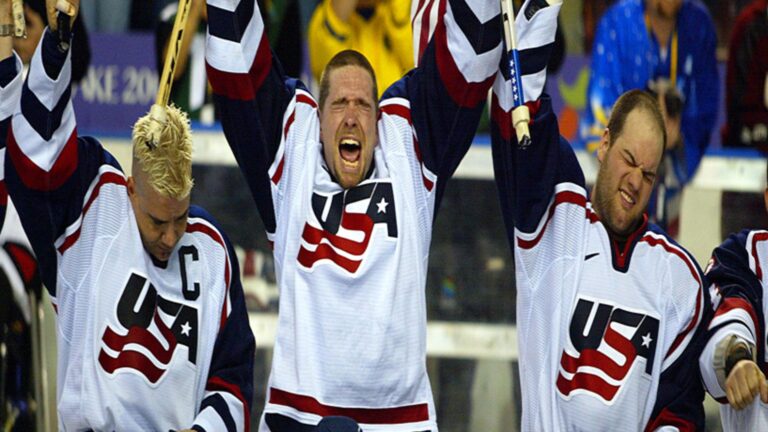
The Paralympic sled hockey team won gold at the Salt Lake City 2002 Games. They are the first Paralympic team inducted into the U.S. Olympic & Paralympic Hall of Fame.
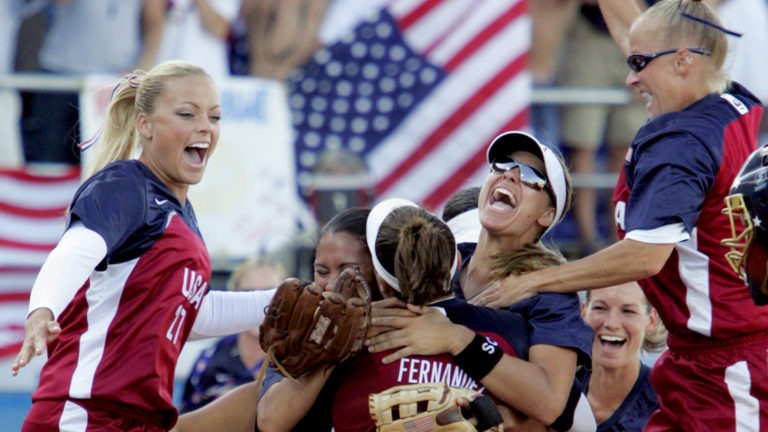
Perhaps the most dominant team in any sport in Olympic history, the 2004 U.S. Softball Team earned its nickname The Real Dream Team by outscoring opponents by a combined 51 to 1.
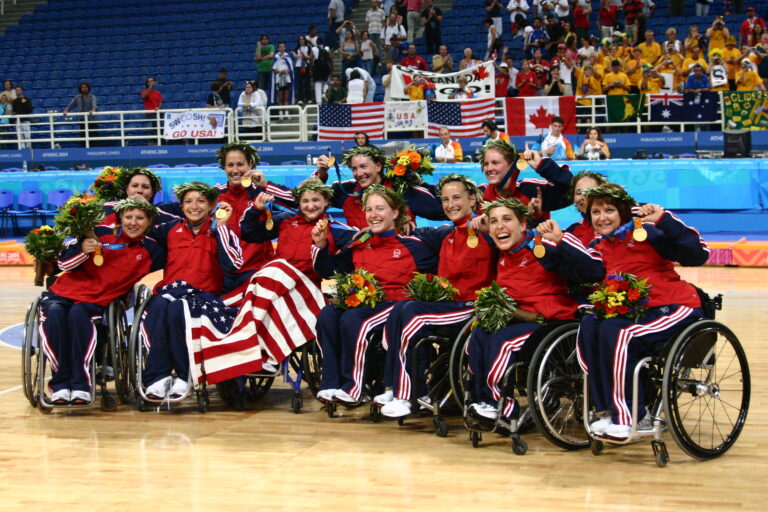
The U.S. women’s wheelchair basketball team delivered a defining moment at the Paralympic Games Athens 2004, capturing the program’s first gold medal in 16 years.

Nicknamed “Team Night Train,” the 2010 U.S. four-man bobsled team made history at the Olympic Winter Games Vancouver 2010 with a gold-medal performance.
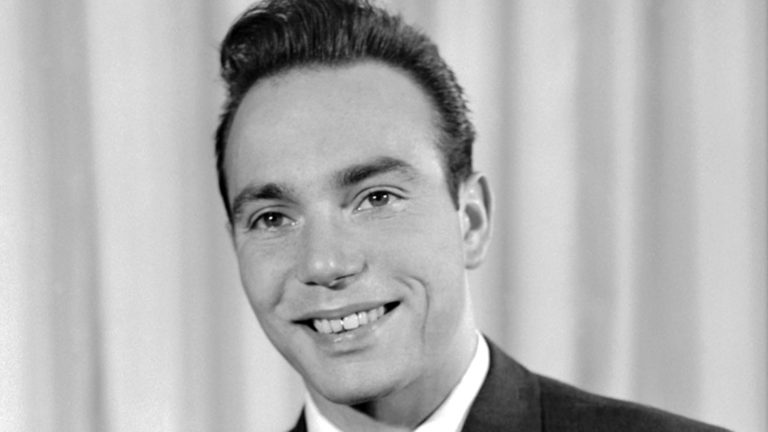
Abie Grossfeld was a two-time Olympian, but his biggest impact was as a coach, including guiding the 1984 U.S. men’s gymnastics team to the team all-around title.
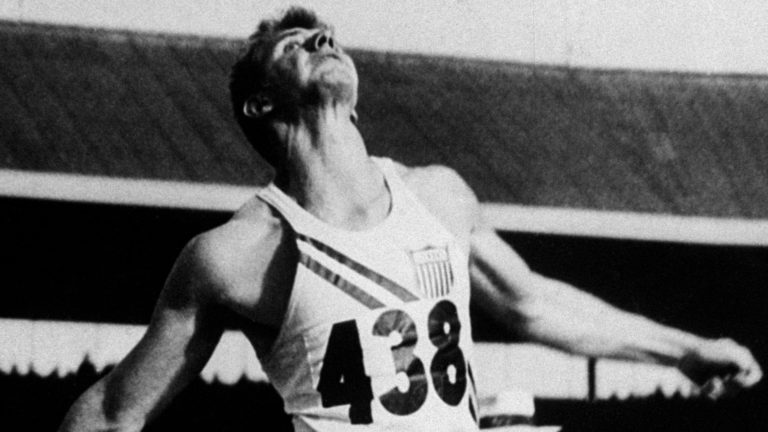
Al Oerter overcame any obstacle in his path to win four consecutive Olympic gold medals in the discus, setting an Olympic record every time.
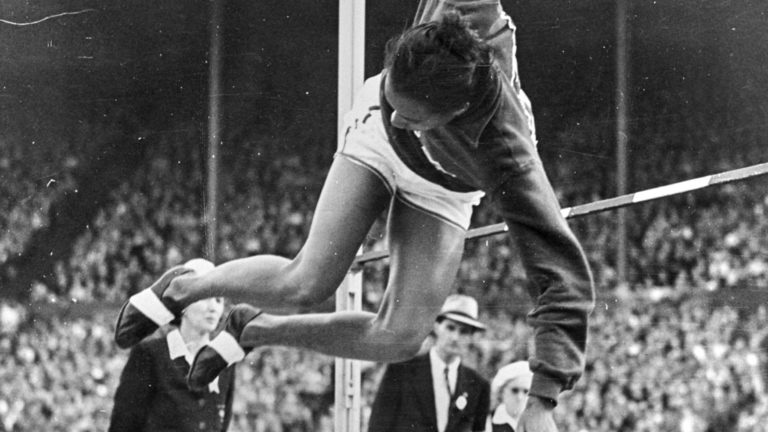
Alice Coachman first won a national title in 1939; in 1940 and 1944 The Olympics were canceled because of World War II. Coachman finally won gold in the high jump at the London 1948 Olympic Games.
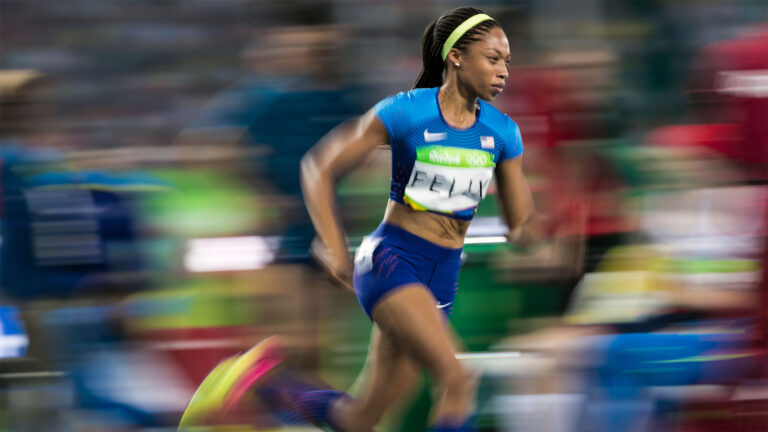
Across five Olympic Games—from Athens 2004 to Tokyo 2020—Allyson Felix won 11 Olympic medals, including seven gold, the most ever by a female track and field athlete.
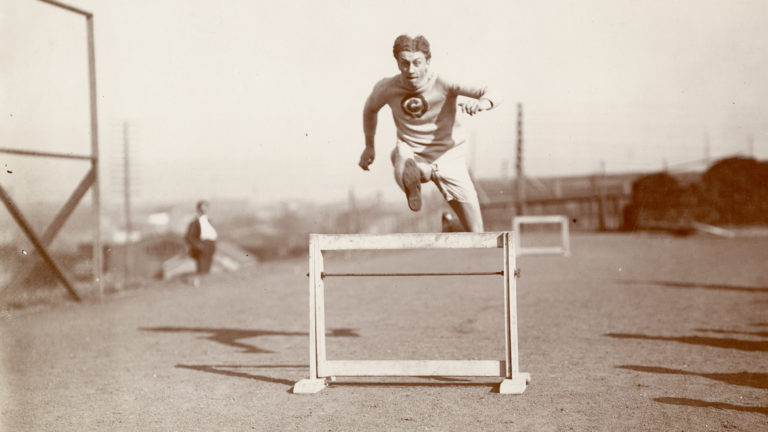
At the Paris 1900 Olympic Games, Alvin Kraenzlein’s technique helped him become the first to win four gold medals in individual events at a single Olympics.
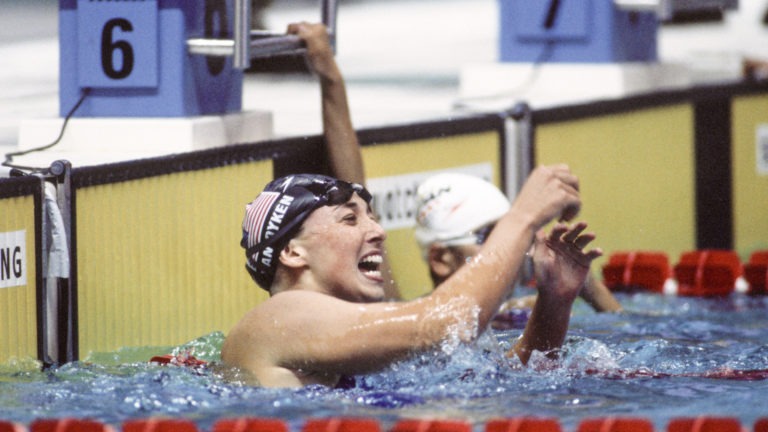
Swimmer Amy Van Dyken overcame asthma to win six Olympic gold medals. In the Atlanta 1996 Olympic Games, she became the first American woman to win four gold medals in a single Olympics.
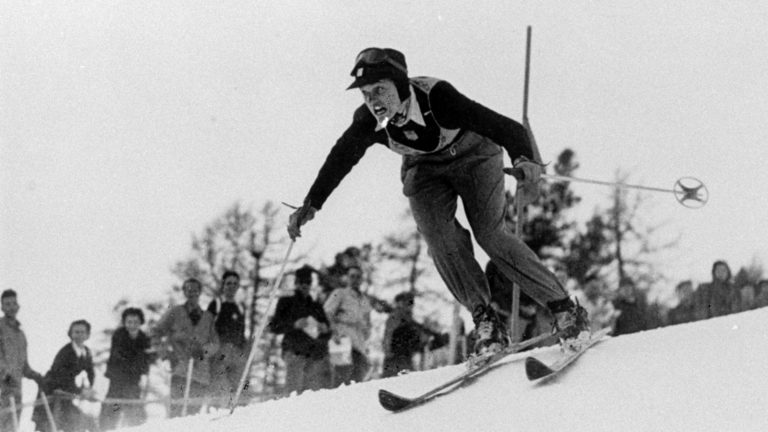
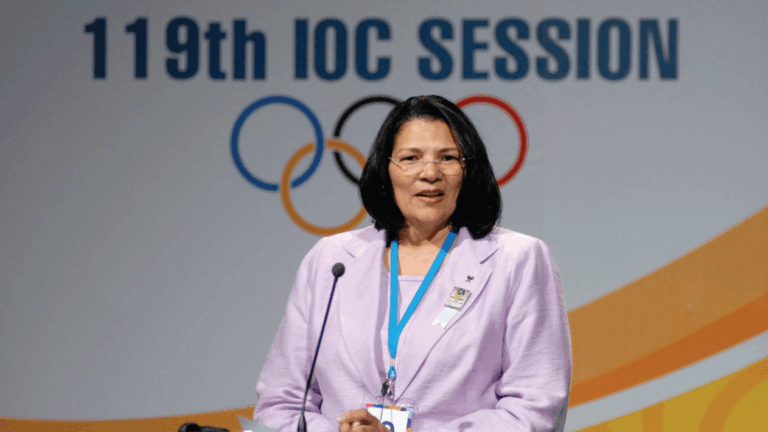
Anita DeFrantz made history at Montreal 1976 as a member of the first U.S. women’s rowing team, helping Team USA capture the bronze medal.
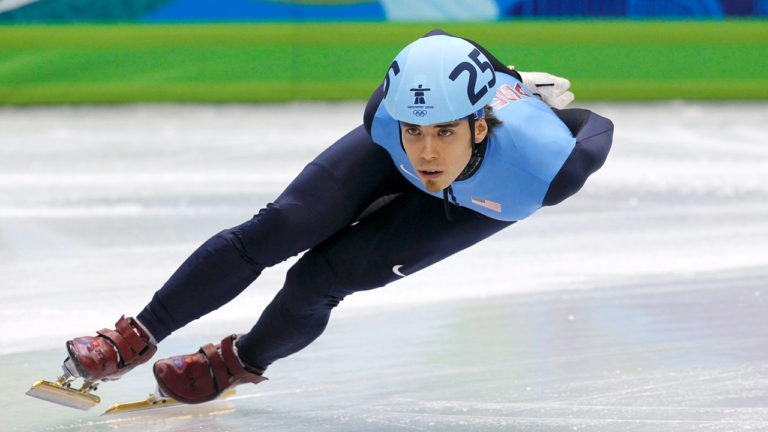
Short-track speedskater Apolo Anton Ohno is the most decorated winter Olympian in U.S. history, winning eight medals over three Olympic Winter Games.

The first commissioner of the Eastern College Athletic Conference, Asa Smith Bucknell III served as secretary treasurer of the U.S. Olympic Committee from 1945 to 1965 and received the USOC’s Olympic Torch Award in 1966 for his contributions to the Olympic Movement.
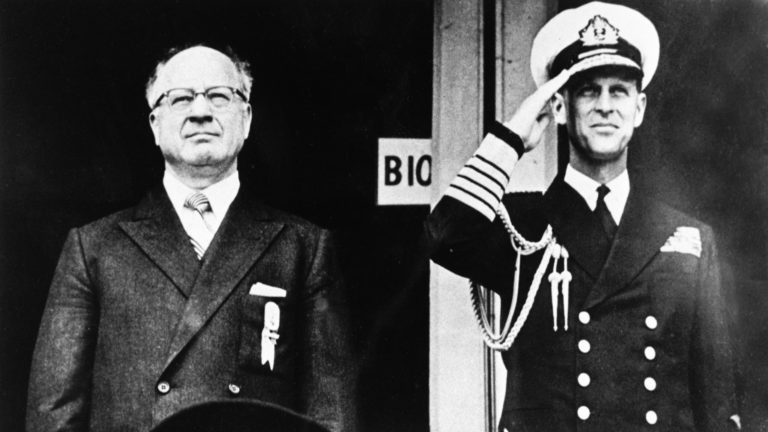
After an athletic career that included participating in the decathlon and pentathlon at the Stockholm 1912 Olympic Games, Avery Brundage started a business career. He later served as president of the American Olympic Association and then was president of the International Olympic Committee from 1952 to 1972.
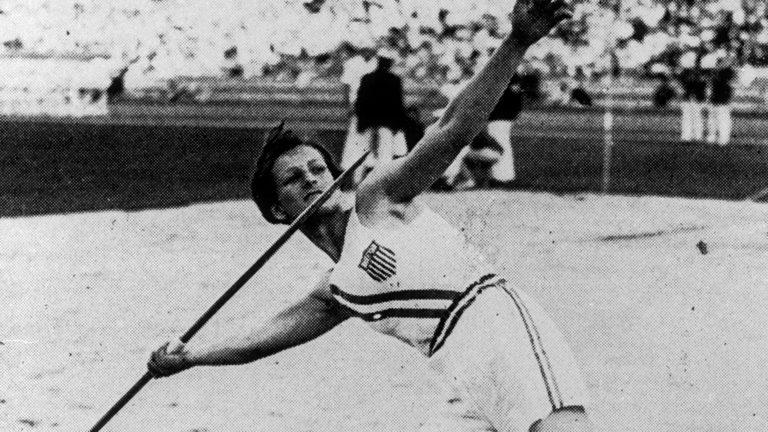
Babe Didrikson might have won more medals at the Los Angeles 1932 Olympic Games, but at the time women were only permitted to enter three individual events.

The most accomplished American male gymnast, Bart Conner starred at the Los Angeles 1984 Olympic Games as he led the U.S. to the team all-around gold medal and won a gold on the parallel bars.
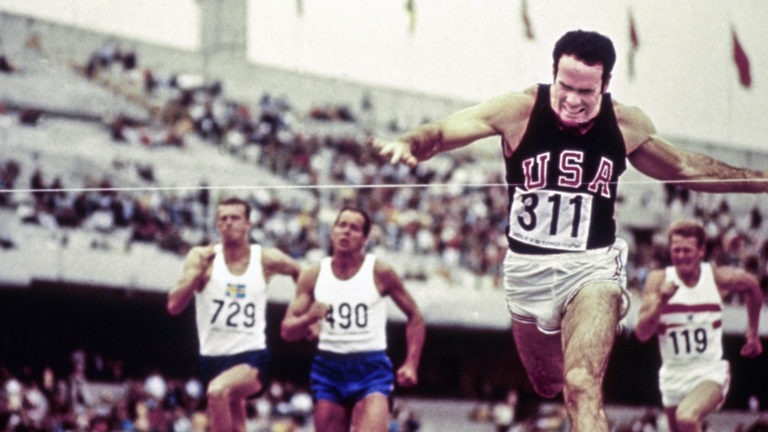
Despite a childhood injury that limited functionality in his right (throwing) hand, Bill Toomey set an Olympic record as he won a gold medal in the decathlon at the Mexico City 1968 Olympic Games.
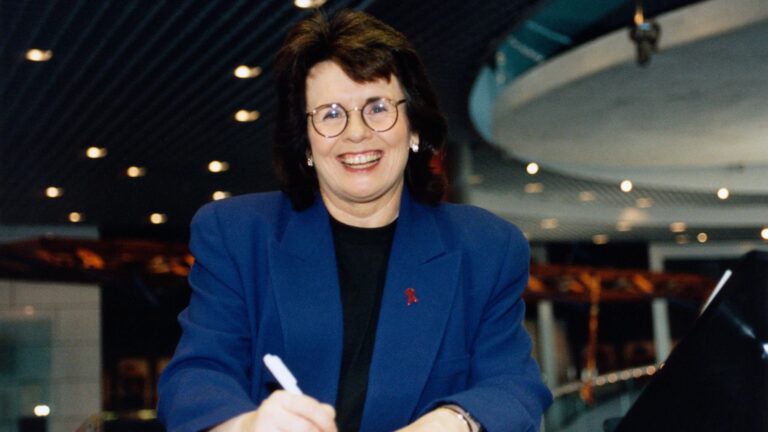
Known for her advocacy for gender equality on and off the court, Billie Jean King is a true pioneer in women’s sports. She was inducted into the U.S. Olympic & Paralympic Hall of Fame in 2022.
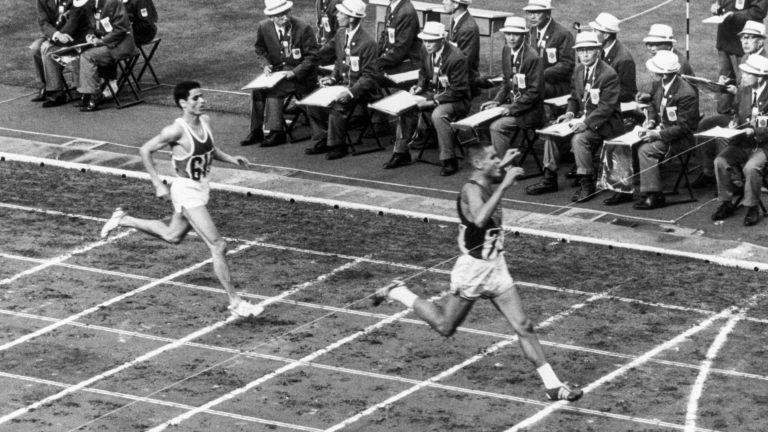
A Native American from tiny Pine Ridge, South Dakota, Billy Mills surged down the stretch to win the 10,000-meter run at the Tokyo 1964 Olympic Games, one of the biggest upsets in Olympic history.
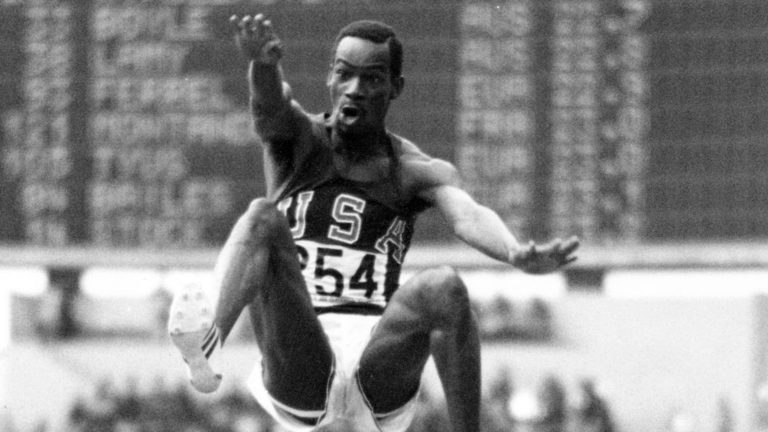
Bob Beamon broke the previous world record in the long jump by nearly two feet as he soared 29 feet 2 1/2 inches to win a gold medal at the Mexico City 1968 Olympic Games.
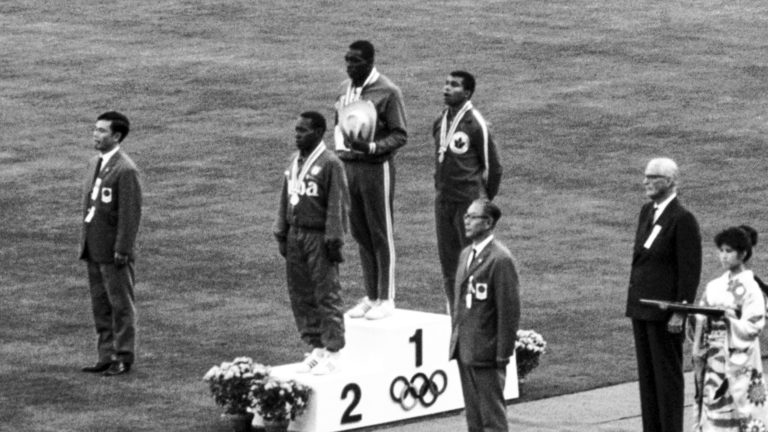
NFL Hall of Famer “Bullet” Bob Hayes won two gold medals at the Tokyo 1964 Olympic Games. and is the only person ever to win an Olympic gold medal and a Super Bowl ring.
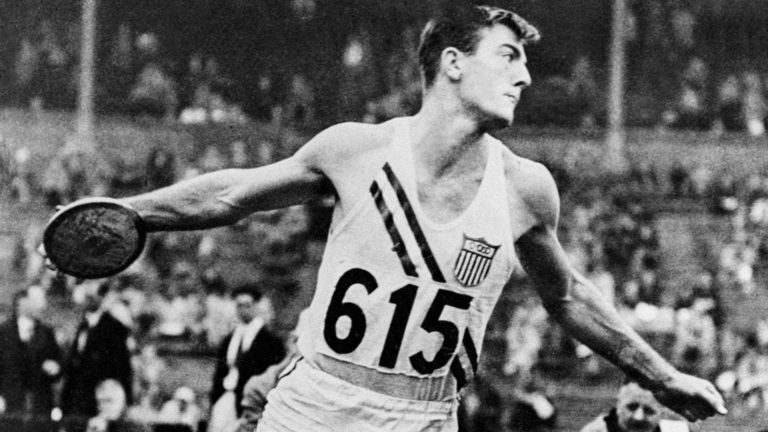
A superb athlete, Bob Mathias did not know what a decathlon was until his high school coach suggested trying it. A few months later, Mathias won the first of his two Olympic gold medals.
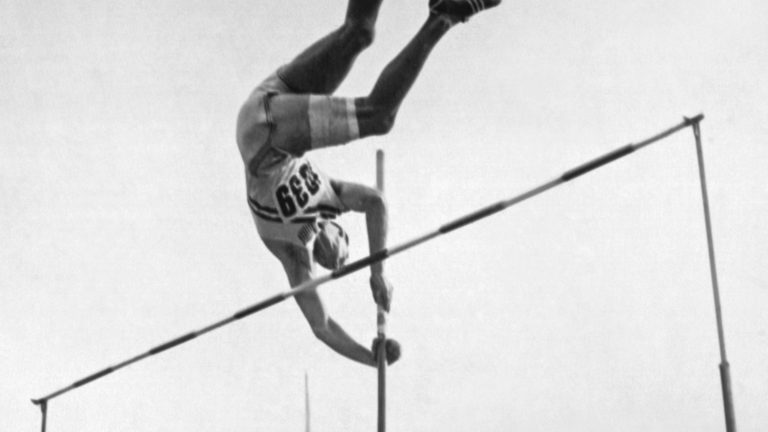
Bob Richards became the first man to win multiple Olympic gold medals in the pole vault. He was the first athlete pictured on the front of a Wheaties cereal box.
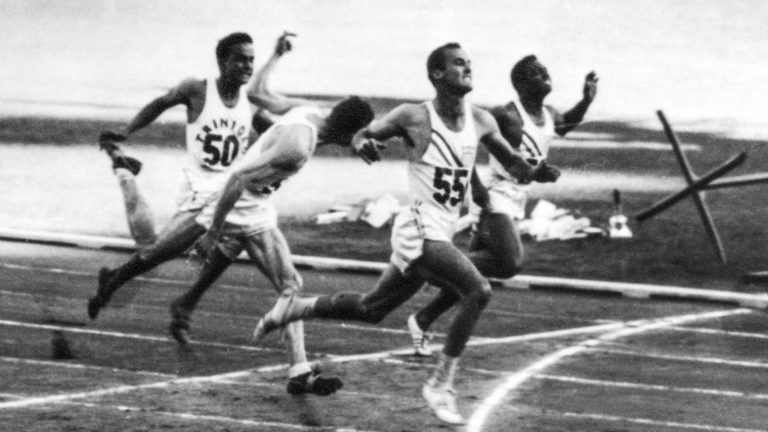
Bobby Joe Morrow won gold medals in the 100- and 200-meter dashes and the 4×100-meter relay at the Melbourne 1956 Olympic Games.
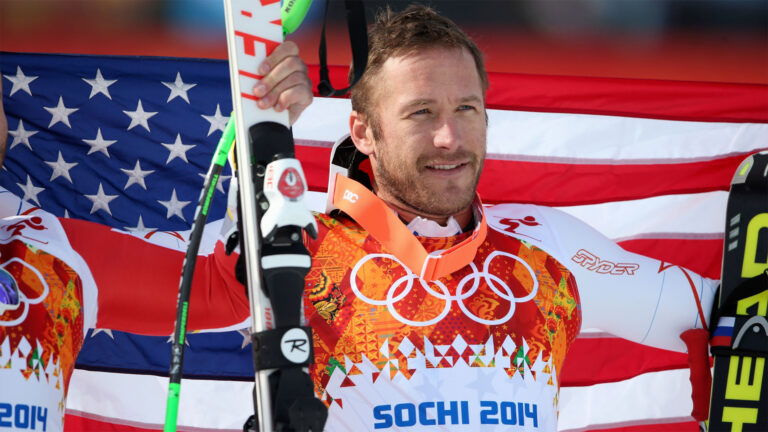
Read about five-time Olympian and Olympic medalist, Bode Miller, a 2025 Hall of Fame Inductee and one of the most accomplished alpine skiers in U.S. history.
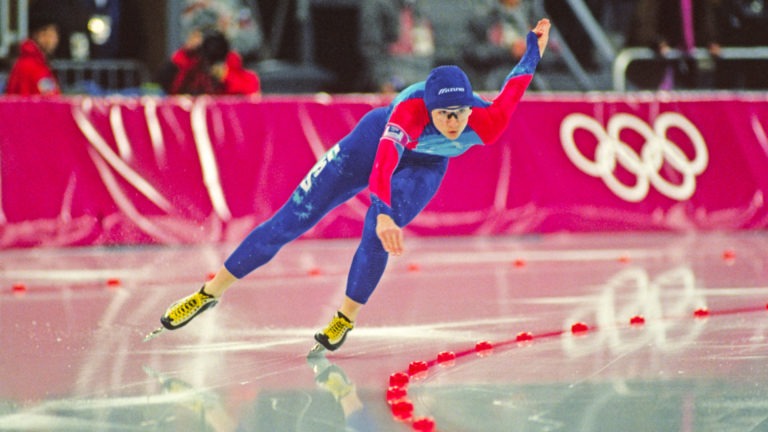
Speedskater Bonnie Blair was well known for her throng of family and friends and she gave them plenty to cheer about, winning five gold medals and one bronze over four Olympic Winter Games.
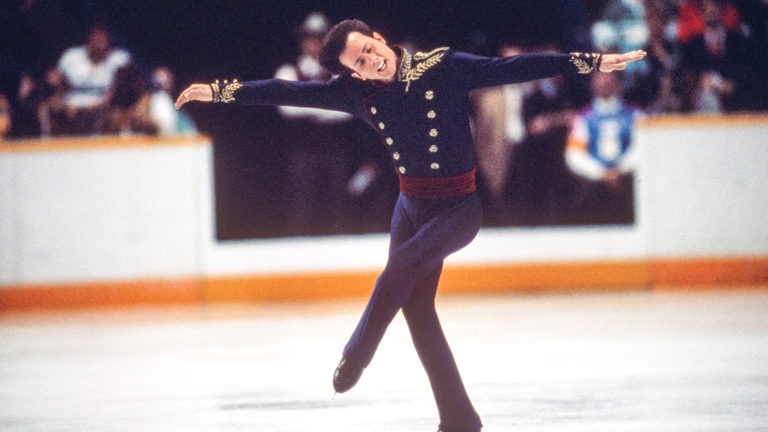
Figure skater Brian Boitano put on the performance of his life at the Calgary 1988 Olympic Winter Games, defeating rival Brian Orser of Canada to win the gold medal.
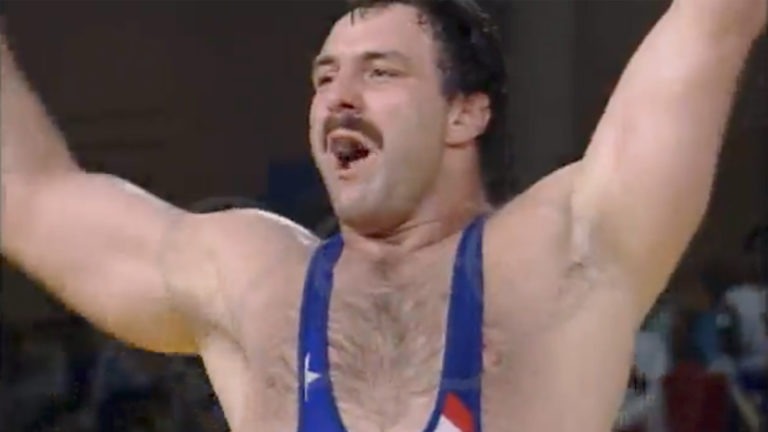
Bruce Baumgartner captured medals — including two gold medals — in four consecutive Olympic Games, becoming just the fourth American to do so.
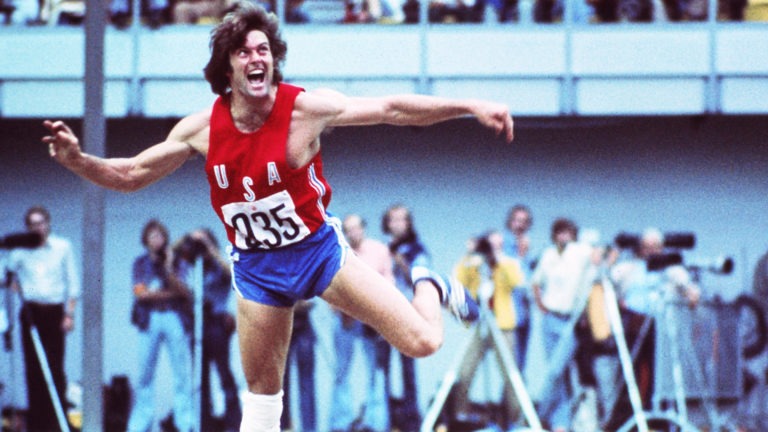
Caitlyn Jenner, formerly known as Bruce Jenner, won the gold medal and broke the world record in decathlon in the 1976 Montreal Olympic Games.
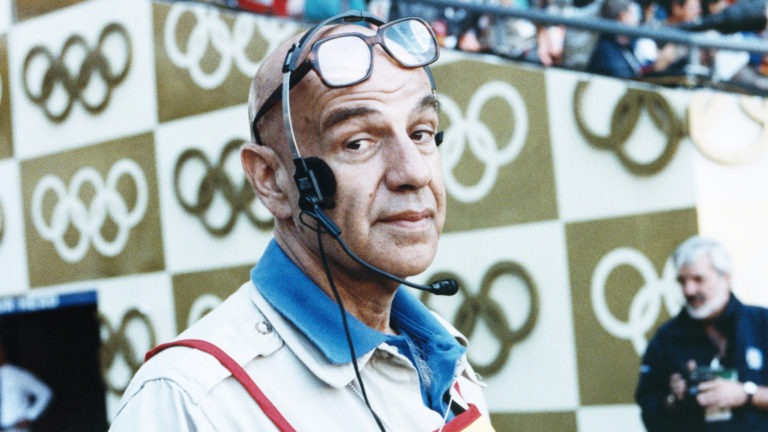
Bud Greenspan’s first film was a 15-minute documentary on gold medal weightlifter John Davis, whom he met working as an extra in the Metropolitan Opera chorus. Greenspan would go on to document every Olympic Games from 1984 to 2010, winning eight Emmy Awards. He was inducted into the International Olympic Committee’s Olympic Order.
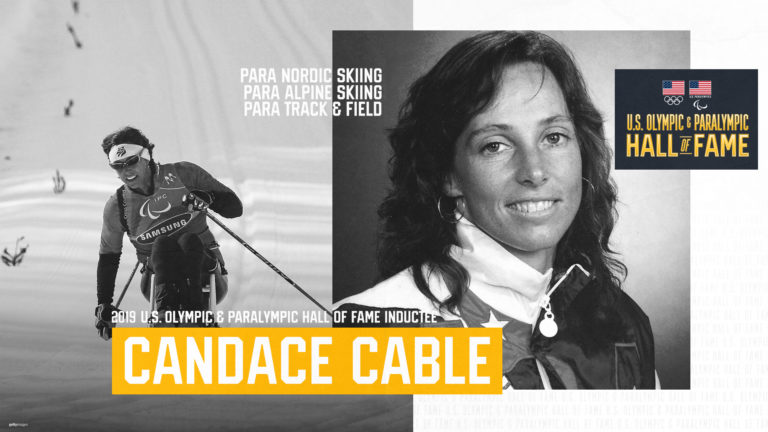
Candace Cable participated in nine different Paralympic Games in three sports and was the first U.S. woman to win medals in both the Paralympic Games and Paralympic Winter Games. She won eight gold medals and had 84 career first-place marathon finishes.
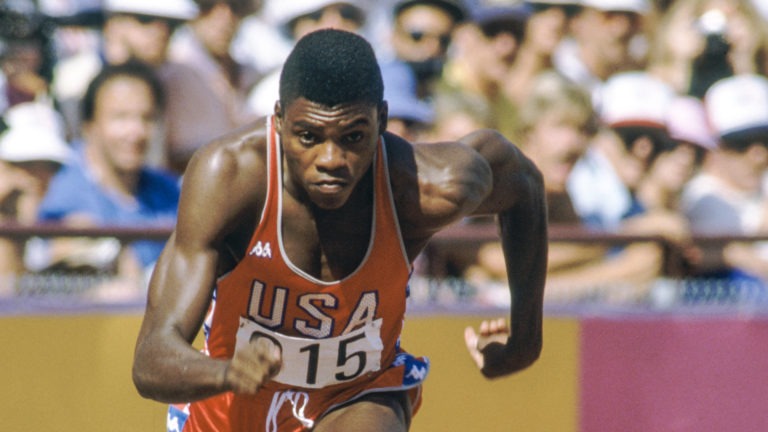
One of the world’s greatest athletes ever, Carl Lewis won nine Olympic gold medals, including four consecutive gold medals in the long jump.

After the U.S. figure skating delegation was wiped out by a plane crash en route to the 1961 World Championships, Italian Coach Carlo Fassi was brought to the United States to rebuild the program.
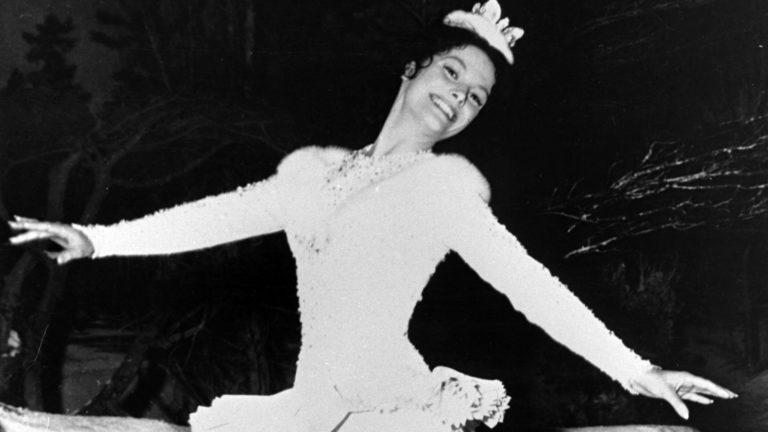
Carol Heiss won a silver medal at the Cortina d’Ampezzo 1956 Olympic Winter Games, then won four consecutive U.S. and World championships and gold at the Squaw Valley 1960 Olympic Winter Games.
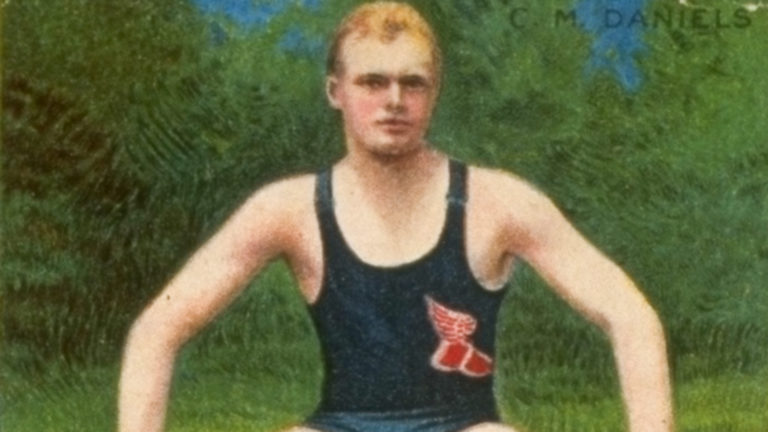
Charles Daniels is generally credited with modernizing the forward crawl to the freestyle stroke; he won four Olympic gold medals at the St Louis 1904 Olympic Games and London 1908 Olympic Games.
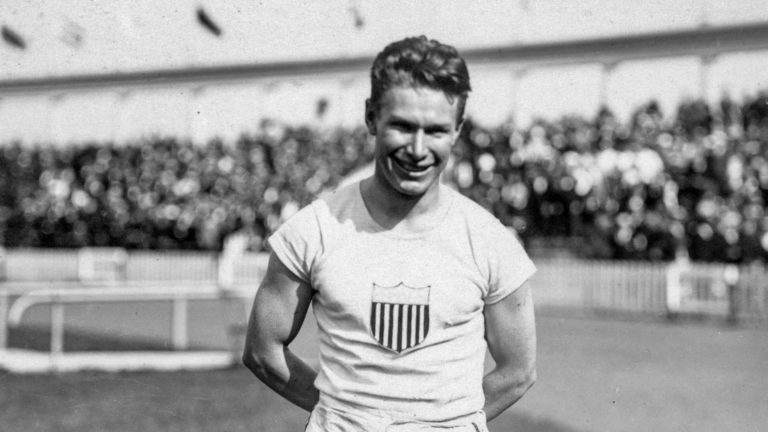
After serving in the U.S. Army in World War I, Charley Paddock participated in three Olympic Games, winning two gold medals and two silver. He died in a plane crash while serving in World War II.
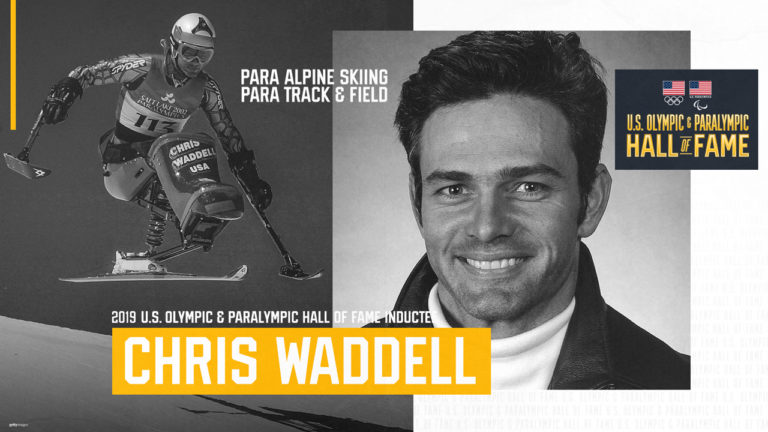
Paralyzed from the waist down after a skiing accident, Chris Waddell went on to compete in seven Paralympic Games, winning 13 medals and becoming the most decorated male monoskier in U.S. history.
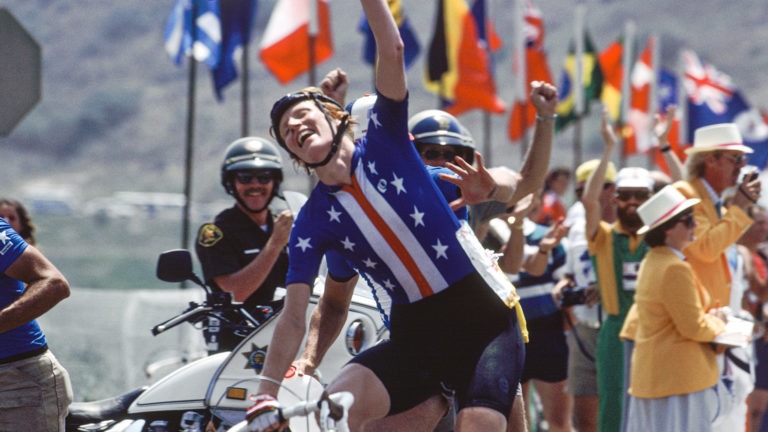
After an ankle injury ended her speedskating career, Connie Carpenter-Phinney took up cycling and won a gold medal in the Olympic women’s cycling debut event at the Los Angeles 1984 Olympic Games.
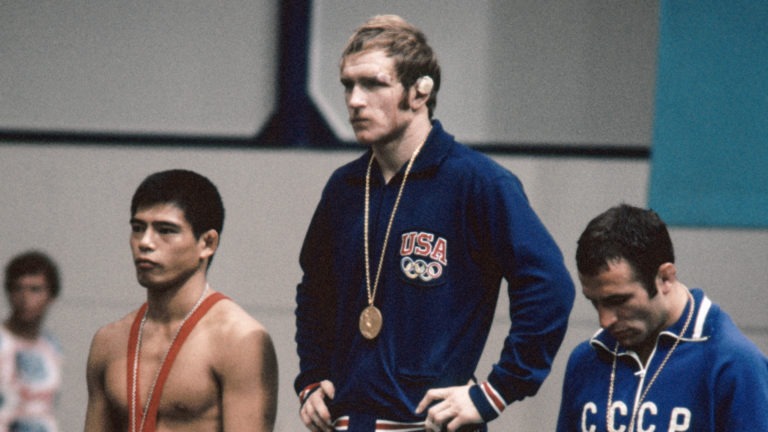
Perhaps the greatest wrestler ever, Dan Gable went undefeated as a high schooler, lost just one match in college and did not allow a point in winning a gold medal at the Munich 1972 Olympic Games.
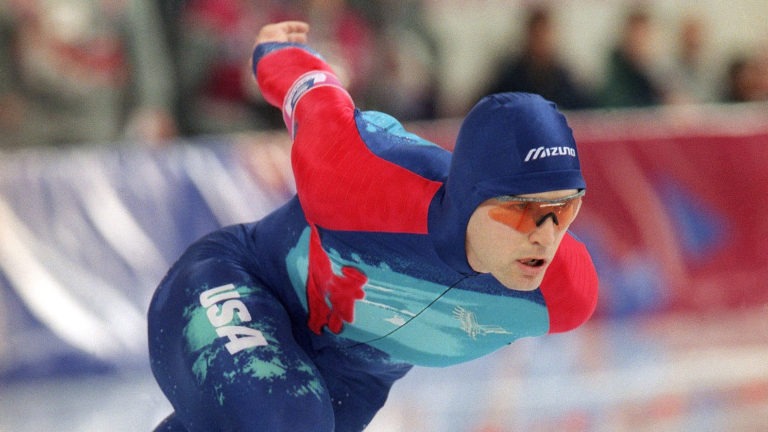
After failing to win a medal in his first three Olympics, speed skater Dan Jansen set a world record and won gold in his final Olympic race, the 1,000 meters in the Lillehammer 1994 Olympic Winter Games.
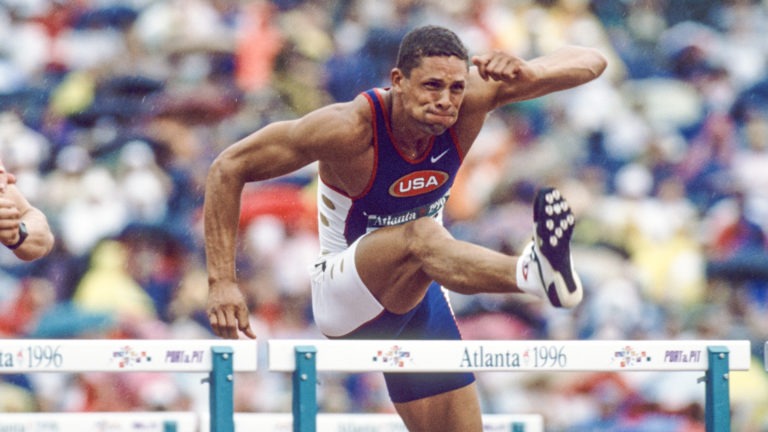
Having failed to qualify for the previous two Olympic Games, Dan O’Brien took full advantage of his opportunity by winning the gold medal in the decathlon at the Atlanta 1996 Olympic Games.
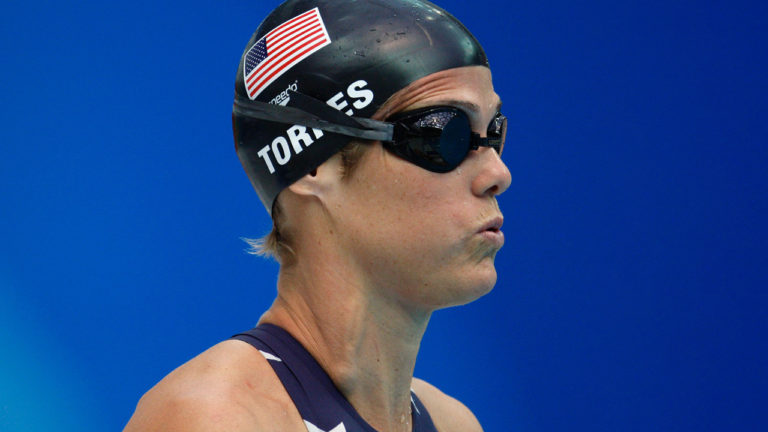
Dara Torres was nicknamed “Mom” by U.S. Olympic teammates at the Beijing 2008 Olympic Games where at age 41 she set three American records in winning three silver medals.
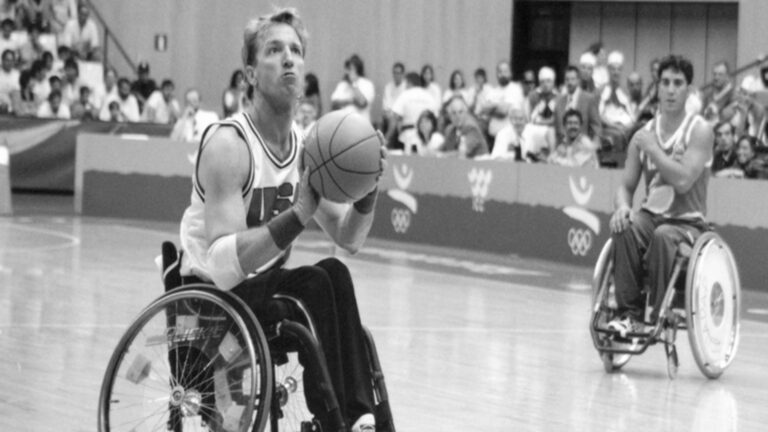
David Kiley competed at five Paralympic Games in wheelchair basketball, track and field, and alpine skiing. He won a total of 13 Paralympic medals.
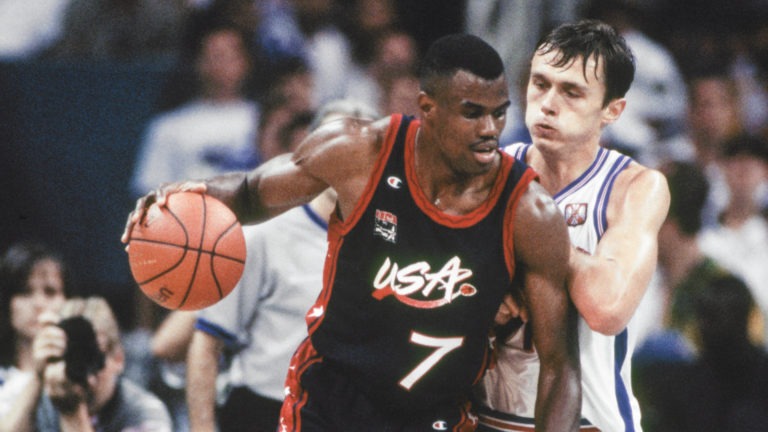
David Robinson did not stand out on the basketball court until starring at the Naval Academy. He played in three Olympic Games, winning two gold medals and one bronze.
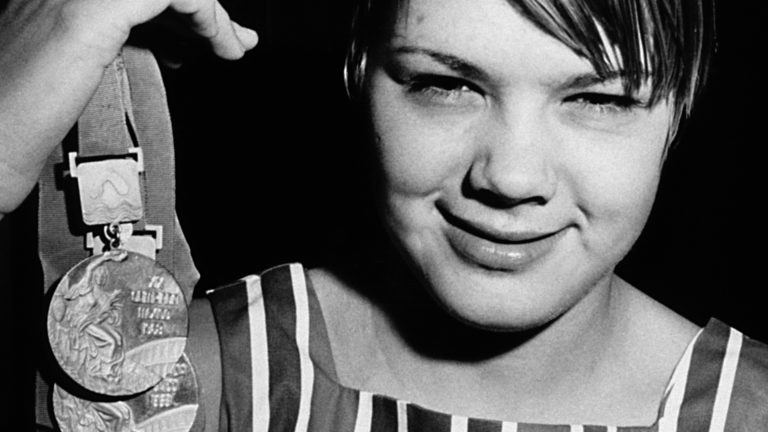
16-year-old Debbie Meyer overcame asthma and set Olympic records in the 200-, 400- and 800-meter freestyle as she won three gold medals at the Mexico City 1968 Olympic Games.
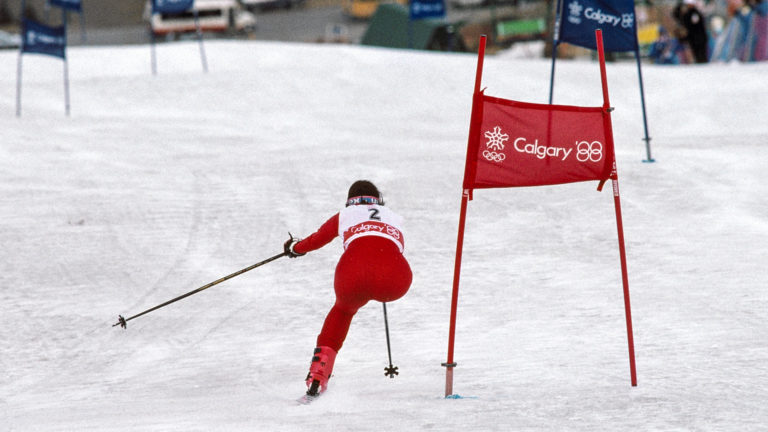
Losing a leg to cancer at age 12 did not stop Diana Golden winning the gold medal in a demonstration event at the Calgary 1988 Olympic Winter Games and two more at the Innsbruck 1988 Paralympic Winter Games.
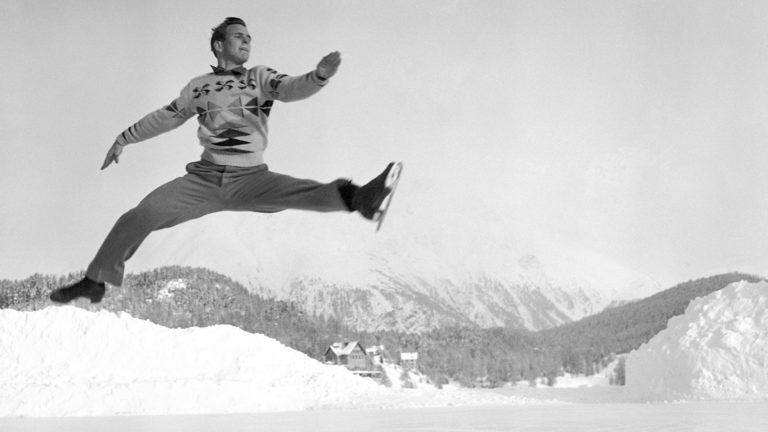
Dick Button claimed back-to-back gold medals at the St. Moritz 1948 Olympic Winter Games and Oslo 1952 Olympic Winter Games.
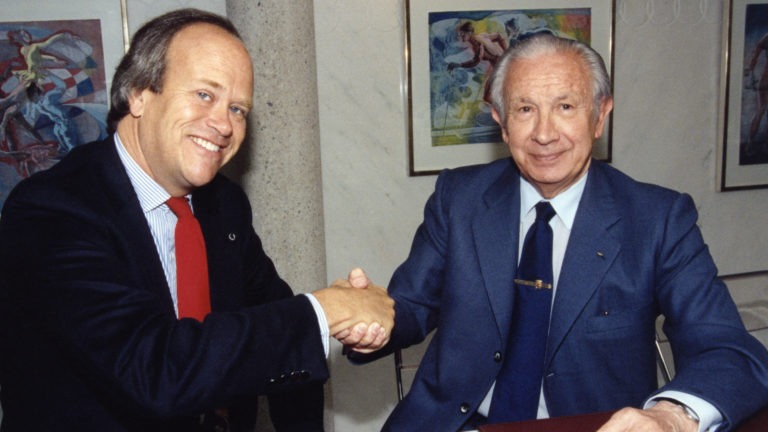
Television executive Dick Ebersol began his career as a researcher for ABC’s broadcast of the Grenoble 1968 Olympic Winter Games and worked his way to become chairman of NBC Universal Sports and Olympics, producing 19 Olympic Games telecasts.